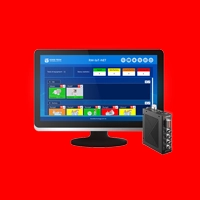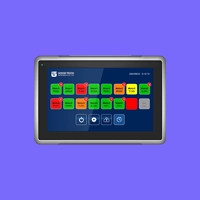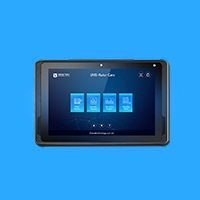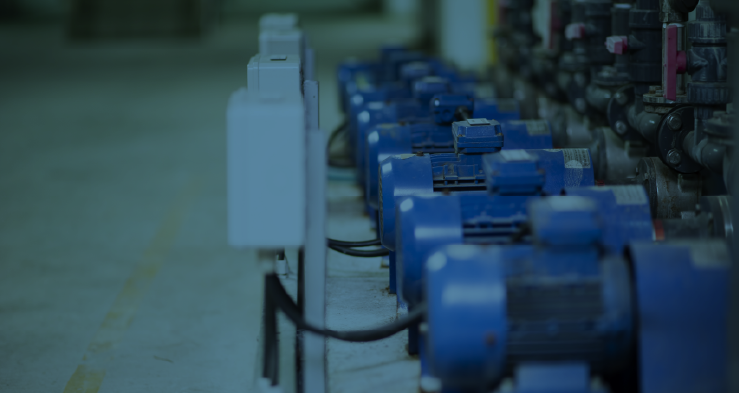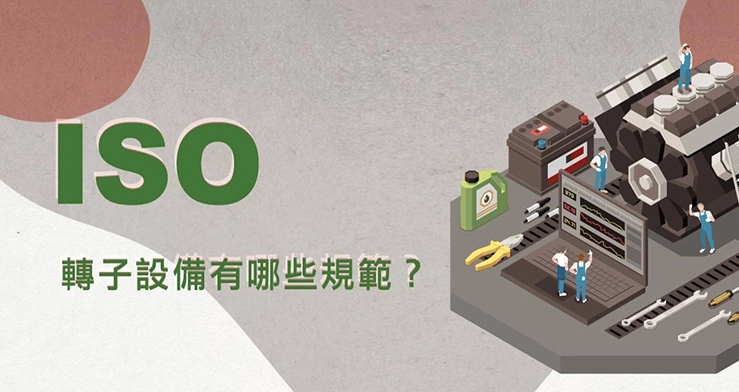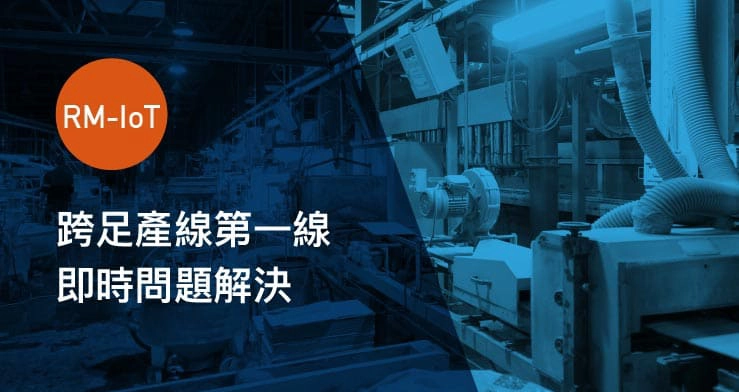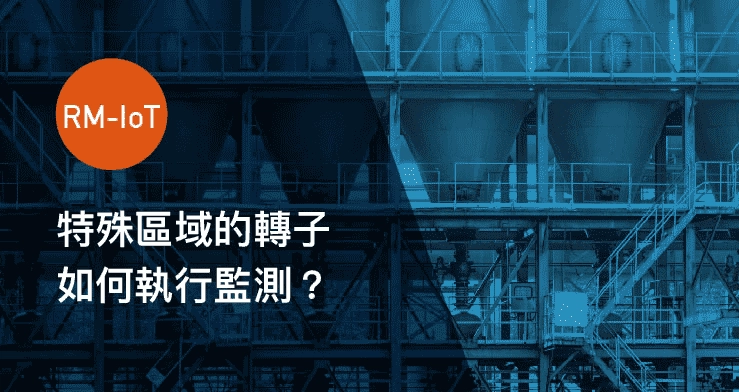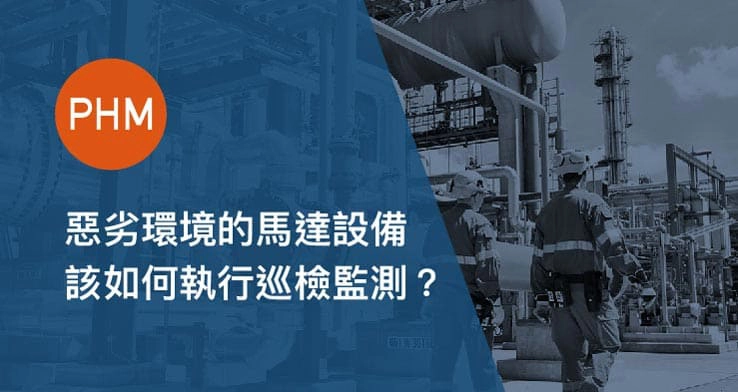Comprehensive Rotating Machinery Monitoring
Solutions|Comprehensive Rotating Equipment Smart Monitoring IoTFactories are equipped with a diverse range of rotating machinery. How can businesses continuously monitor the status of these machines? What are the different monitoring architectures available? By tracking the operational status of rotating machinery, potential faults or issues can be detected early, enabling periodic preventive maintenance and predictive maintenance.
The Key to Managing Most Equipment Reasons for Implementation
In industrial equipment, rotating machinery—such as compressors, pumps, fans, and generators—plays a central role, and its quality directly affects the operational efficiency and stability of the entire factory. The reliability of rotating machinery depends not only on its design and manufacturing quality but also on operating and maintenance conditions. Therefore, maintaining high-quality rotating machinery is crucial for stable factory operations.
For example, vibration imbalance is a common issue in rotating machinery. If not addressed in time, it can lead to bearing damage, excessive wear, and even equipment failure. Through preventive maintenance and periodic inspections, anomalies can be detected early, preventing major failures. By implementing predictive maintenance, companies can ensure the continuous efficient operation of rotating machinery, extend equipment lifespan, improve factory productivity, and reduce maintenance costs.

Common Challenges
What are the common issues when monitoring rotating equipment?
Diverse Equipment, Difficult Management
Factories house a vast array of rotating equipment from different brands, types, and applications. How can they be managed uniformly?
Complex Monitoring Software
The monitoring system requires complex configuration. How can it be made easier for operators to use and facilitate faster task handovers?
Widely Distributed, Time-Consuming Inspection
With numerous rotating machines spread across large areas, how can inspection and measurement efficiency be improved?
Difficult Equipment Condition Interpretation
Equipment conditions are often judged based on individual experience, leading to inconsistencies. How can data-driven management simplify and standardize the evaluation process?
Difficulty in Evaluating Maintenance Effectiveness
Is outsourced maintenance truly effective? Does the equipment actually require repairs? How can the right maintenance timing be accurately assessed?
Data Collection and Maintenance Planning
Is the factory still lacking a predictive maintenance plan? After collecting a large volume of equipment data, what is the next step?
Implementation
Applicable Solutions for Full-Scope Rotating Equipment
Different monitoring architectures are used based on equipment levels and installation environments.

Implementation Cases
Petrochemical Plant Configuration Overview
IMS-PR: Inspection management.
RM-IoT-B: Plug-and-play measurement, battery-powered, monitors parameters dozens of times per day to ensure normal operation.
RM-IoT-Online: Wired power supply, monitors parameters hundreds of times per day to ensure normal operation.
RM-IoT-NET: Wired power supply, supports various specialized sensors: heat-resistant, waterproof, underwater, corrosion-resistant, explosion-proof, etc.
RM-IoT-Station: Monitoring station connects up to 16 sensors and displays real-time status on the panel.
SMS-RC: Suitable for inspecting various rotary equipment and diagnosing anomalies.
Implementation Benefits
The Benefits of Proper Predictive Maintenance
Avoid Excessive Maintenance
Shift from time-based maintenance to condition-based maintenance, preventing unnecessary maintenance.
Prevent Unplanned Downtime
Prevent production line shutdowns that lead to damage to semi-finished products, production halts, and delayed deliveries.
Maximize Equipment Utilization
Extend the lifespan of equipment, effectively reducing replacement frequency and maintenance costs.
Reduce Labor and Work Hours
Early detection of equipment conditions reduces inspection costs, simplifies workflows, and enhances efficiency.
Ensure Employee Safety
Employees are a company's most valuable asset. Avoid workplace accidents and ensure both worker and production line safety.
Maintain Production Line Stability
Ensure equipment reliability, maintain stable production operations, and achieve consistent product quality.
Implementation Benefits
Avoiding Excessive Maintenance
Taking annual facility maintenance as an example, maintenance and repairs are often conducted in bulk, or equipment is directly replaced, leading to substantial costs. By utilizing data-driven monitoring methods, businesses can accurately assess equipment conditions, avoiding unnecessary repair costs. This approach can save more than 66% of the annual budget.

Implementation Benefits
Reducing Production Downtime
Performing maintenance based on the actual health status of equipment maximizes its lifespan, reducing repair and replacement time. As a result, production downtime can be reduced by approximately 53%.

Implementation Benefits
Setting Clear Maintenance Goals
By utilizing vibration monitoring and analysis (as an early indicator of equipment anomalies), businesses can identify potential rotor issues through vibration spectrum analysis. This targeted approach to maintenance reduces diagnostic and repair time by approximately 30%.

Process Optimization
Rotor Equipment PHM
Condition Monitoring
Real-time Equipment Monitoring
Utilize online monitoring to track equipment status, enabling hierarchical management and maintenance scheduling based on equipment levels.
Anomaly Detection
Identifying Equipment Abnormalities
Schedule diagnostic inspections using analysis instruments to precisely determine failure causes and accelerate repair processes.
Maintenance Efficiency
Confirming Equipment Maintenance Effectiveness
After maintenance and servicing, assess the effectiveness of returning equipment to production. Continue monitoring to maximize equipment lifespan.
Lifecycle Prediction
Predicting Remaining Equipment Life
Analyze equipment degradation trends and estimate remaining lifespan to develop precise maintenance strategies and optimize lifecycle management.
Support
Other Rotor Equipment Related Topics






